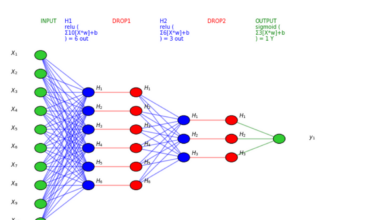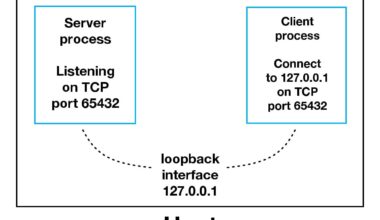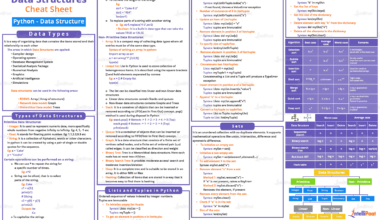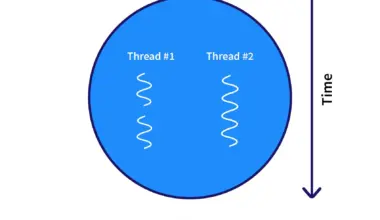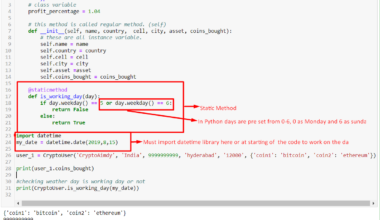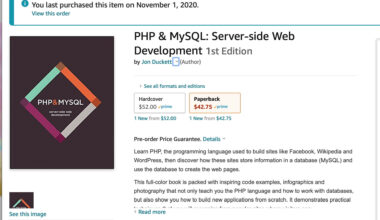Introduction to PHP String Functions
As a PHP developer, mastering PHP string functions is crucial since it’s the most common data type in PHP. String functions allow you to manipulate strings in various ways, such as concatenating, searching, and replacing characters or substrings.
PHP has a vast collection of built-in string functions that you can use to perform a wide range of string operations. These functions are easy to use and can save you time and effort when working with strings.
In this article, we will cover the basics of PHP string functions, including concatenation, string length, substrings, case manipulation, searching, and replacing in strings. We will also provide examples of how to use each function, so you can see how they work in practice.
Before we dive into the details of each function, let’s first understand what strings are and how they are used in PHP.
In PHP, strings are used to store and manipulate text data. They can be defined using single or double quotes, and can contain alphanumeric characters, special characters, and even Unicode characters.
For example, here’s how you can define a string in PHP:
$string = "Hello, World!";
Once you have defined a string, you can use various string functions to manipulate it according to your requirements.
In the next section, we will explore how to concatenate strings and find the length of a string using PHP string functions.
Concatenation and String Length
One of the most basic operations you can perform on strings is concatenation. Concatenation is the process of joining two or more strings together to form a new string. In PHP, you can use the dot (.) operator to concatenate strings.
For example, let’s say you have two strings: “Hello” and “World”. You can concatenate them using the following code:
$string1 = "Hello"; $string2 = "World"; $new_string = $string1 . " " . $string2; echo $new_string;
In this example, we first define two strings: $string1 and $string2. We then concatenate them using the dot operator and store the result in a new variable called $new_string. Finally, we use the echo statement to print the new string “Hello World” to the screen.
Another useful string function in PHP is strlen(). This function allows you to find the length of a string. The length of a string is the number of characters it contains, including spaces and special characters.
For example, let’s say you have a string “Hello, World!”. You can find its length using the strlen() function as follows:
$string = "Hello, World!"; $length = strlen($string); echo $length;
In this example, we first define a string called $string. We then use the strlen() function to find its length and store the result in a variable called $length. Finally, we use the echo statement to print the length of the string “Hello, World!” to the screen.
It’s important to note that the strlen() function counts the number of bytes in a string, not the number of characters. This means that if your string contains multibyte characters (e.g., UTF-8 encoding), the length returned by strlen() may not be accurate. In such cases, you can use the mb_strlen() function instead.
In conclusion, concatenation and string length are two fundamental operations that you will frequently use when working with strings in PHP. By mastering these functions, you can easily manipulate strings and create more complex programs.
Substrings and Case Manipulation
Apart from concatenation and string length, PHP string functions also allow you to manipulate substrings and change the case of characters within a string.
A substring is a part of a string that you can extract or manipulate using various PHP string functions. PHP provides several functions to extract substrings from a given string.
One such function is substr(). The substr() function allows you to extract a part of a string, starting from a specific position and with a specific length. Here’s an example of how to use the substr() function:
$string = "Hello, World!"; $substring = substr($string, 0, 5); echo $substring;
In this example, we first define a string called $string. We then use the substr() function to extract a substring starting from the first position (0) with a length of 5 characters. The resulting substring is “Hello”, which we print to the screen using the echo statement.
PHP also provides functions to convert the case of characters within a string. For example, you can convert all characters in a string to uppercase using the strtoupper() function, or to lowercase using the strtolower() function.
Here’s an example of how to use the strtoupper() and strtolower() functions:
$string = "Hello, World!"; $uppercase = strtoupper($string); $lowercase = strtolower($string); echo $uppercase; echo $lowercase;
In this example, we first define a string called $string. We then use the strtoupper() function to convert all characters in the string to uppercase, and store the result in a variable called $uppercase. Similarly, we use the strtolower() function to convert all characters in the string to lowercase and store the result in a variable called $lowercase. Finally, we print both variables to the screen using the echo statement.
In addition to substr() and the case manipulation functions, PHP also provides several other string functions that you can use to manipulate strings in various ways. Examples include str_replace(), strpos(), and str_split(). These functions allow you to replace substrings in a string, find the position of a substring within a string, and split a string into an array of characters, respectively.
By mastering these PHP string functions, you can easily manipulate and work with strings in your PHP programs.
Searching and Replacing in Strings
Searching and replacing characters or substrings within a string is a common task in PHP programming. Fortunately, PHP provides several string functions that allow you to easily perform these operations.
One such function is strpos(). The strpos() function allows you to find the position of the first occurrence of a substring within a string. Here’s an example of how to use the strpos() function:
$string = "Hello, World!"; $position = strpos($string, "World"); echo $position;
In this example, we first define a string called $string. We then use the strpos() function to find the position of the substring “World” within the string, and store the result in a variable called $position. The resulting position is 7, which we print to the screen using the echo statement.
PHP also provides a function called str_replace() that allows you to replace all occurrences of a substring within a string with a new substring. Here’s an example of how to use the str_replace() function:
$string = "Hello, World!";
$new_string = str_replace("World", "PHP", $string);
echo $new_string;
In this example, we first define a string called $string. We then use the str_replace() function to replace all occurrences of the substring “World” with the substring “PHP”, and store the result in a new variable called $new_string. Finally, we print the new string “Hello, PHP!” to the screen using the echo statement.
It’s important to note that both strpos() and str_replace() are case-sensitive functions. This means that if your substring or search term has a different case than the string you’re searching in, the function may not find the substring or replace it as expected. In such cases, you can use the mb_strpos() and mb_str_replace() functions instead, which are case-insensitive.
In addition to strpos() and str_replace(), PHP also provides several other string functions that allow you to search and replace within strings. Examples include preg_match(), preg_replace(), and str_ireplace(). These functions allow you to perform more complex search and replace operations using regular expressions and case-insensitive matching.
By mastering these PHP string functions, you can easily search for and replace characters or substrings within strings to create more powerful and flexible PHP programs.
In conclusion, PHP string functions are an essential tool for any PHP developer
Final Thought: Mastering PHP String Functions
As a PHP developer, mastering PHP string functions is essential for efficient and effective programming. PHP provides a vast collection of built-in string functions that can help you manipulate strings and perform various operations on them.
In this article, we have covered the basics of PHP string functions, including concatenation, string length, substrings, case manipulation, searching, and replacing in strings. By mastering these functions and understanding how they work, you can easily manipulate strings and create more complex programs.
To summarize, here are some key takeaways from this article:
– Strings are used to store and manipulate text data in PHP.
– String functions in PHP allow you to manipulate strings in various ways, such as concatenation, string length, substrings, case manipulation, searching, and replacing.
– The dot (.) operator is used for string concatenation in PHP.
– The strlen() function allows you to find the length of a string.
– The substr() function allows you to extract substrings from a given string.
– The strtoupper() and strtolower() functions allow you to convert the case of characters within a string.
– The strpos() function allows you to find the position of a substring within a string.
– The str_replace() function allows you to replace all occurrences of a substring within a string with a new substring.
By mastering these PHP string functions, you can create more powerful and flexible PHP programs that can handle complex text data. Remember to always consult the PHP documentation for more information on each function and their parameters.
In conclusion, mastering PHP string functions is a crucial skill for any PHP developer. With these functions at your disposal, you can easily manipulate strings and create more robust and efficient PHP programs.















